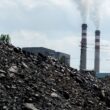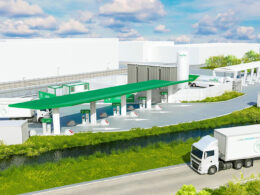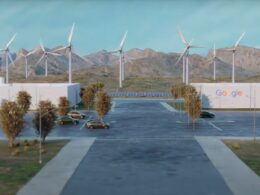SEB, a leading northern European financial services group, is set to sell carbon credits generated from Hafslund Celsio, one of Norway’s largest waste-to-energy plants. Hafslund Celsio operates Norway’s biggest district heating system, fueled by waste incineration, and its plant in Oslo, currently the city’s top source of fossil CO2 emissions, is undergoing a significant transformation.
Hafslund Celsio is constructing a full-scale Carbon Capture and Storage (CCS) facility to capture the carbon dioxide produced when burning waste, preventing it from entering the atmosphere. This initiative is part of the larger Longship project, supported by the Norwegian government. Hafslund Celsio is partnering with cement manufacturer Heidelberg Materials to capture CO2, which will then be transported and permanently stored under the North Sea via the Northern Lights project.
Notably, about half of the waste burned at the Oslo plant comes from organic materials like food scraps and wood. When burned, this biogenic CO2 is part of the natural carbon cycle. By capturing and storing it, Hafslund Celsio effectively removes carbon dioxide from the atmosphere, achieving a negative emissions effect.
Companies can now participate in this effort by purchasing carbon removal certificates from Hafslund Celsio. These certificates represent verified amounts of captured biogenic CO2, helping companies offset their emissions and achieve their climate goals. SEB is at the forefront of selling these carbon removal certificates, leading the way in supporting sustainable initiatives.
According to Maximilian Brodin, Head of Commodities at SEB, this brand-new market has vast potential, similar to established commodity markets, and believes these certificates will become valuable financial instruments in the fight against climate change.
“Hafslund Celsio is a flagship project in negative emissions, and we look forward to engaging in this partnership and showcasing the Oslo CCS project to customers across Europe and elsewhere who are committed to an ambitious decarbonisation journey. Negative emissions will be an important part of their solution to cope with the most difficult last mile towards net zero,” Brodin says.





















